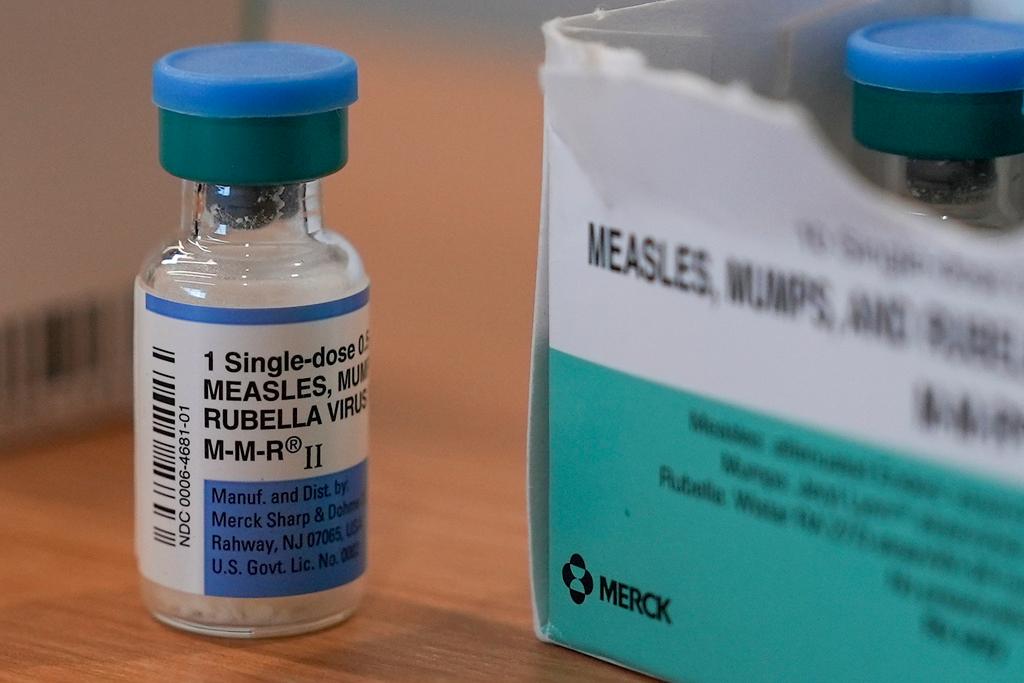
After worms ravaged last year’s Olathe sweet corn crop, the infestation has returned. But farmers on the Western Slope are banding together and using new tools to fight back.
The coalition includes the one who brought the iconic Colorado corn variety to the world about 40 years ago.
Under the baking sun, 84-year-old John Harold stands in his denim overalls at the edge of a bright-green field as workers pick tender ears by hand and toss them up to the crew riding what they call a “corn machine,” a harvesting contraption that looks a biplane slowly moving through the rows.

Other workers package the golden ears, prized by consumers and cooks alike for their sugary-sweet flavor, before sending corn-filled boxes out on trucks.
Their fate? Cow feed.
In his no-nonsense way, Harold explains that a quarter of his crop or more is too damaged to sell to customers at markets due to repeated attacks from worms, birds, beetles — even raccoons.
“I don't know if there's a battalion of 'em or what,” he said, “but I can see ears of corn all over the ground that they ate last night or this morning.”
Corn farmers on the Western Slope still haven’t licked their biggest problem: moths. They lay eggs that hatch tiny worms, which nibble away small sections of the plant. The damage makes the ears no less delicious but too ugly for the average buyer.
Harold says the 2024 season is off to a rocky start.
“And it's not just Tuxedo Corn. It’s the other corn growers,” he said.
The producers have banded together to try different methods to fight the minuscule wiggling foes. Some have used drones to spray insecticides. Harold’s company is spraying, too, but in a very targeted way that aims to kill the moths while preserving helpful species like ants and ladybugs that eat earworm eggs and larvae.
It’s a more natural approach than in the past, Harold explained, and it goes hand-in-hand with their efforts to protect the environment, like planting cover crops instead of just letting fields lie fallow. Harold thinks the overuse of chemicals and other methods in the farming industry have contributed to soil and pest issues.
“There's no question about it that we disrupted Mother Nature,” he said, “and Mother Nature is shaking a finger at us.”


His son, David, has taken the lead in finding other new ways of growing and protecting the family’s harvest. That includes talking to other farmers around the world who are struggling to solve the same madding puzzle.
David Harold even brought over a farmer from Australia to try to help, and he’s also started to deploy a new method of releasing moths infected with a sexually transmitted disease that he said may help sterilize the local moth population.
David Harold said he knows there’s a lot of pressure on Tuxedo Corn, the company that’s synonymous with the iconic Colorado crop and owns the trademark “Olathe Sweet.” He said he’s trying to make sure the business can keep providing the country with delicious and affordable ears, just as it has for the past four decades.
“With climate change, with pests, with all the things we're facing, it's getting harder and harder to do that,” David Harold said. “And the prices are going up and it's getting tough to survive.”

Still, the Tuxedo Corn farmers are not giving up. While the field they were harvesting is heavily damaged, founder John Harold is optimistic others will be better, thanks to the methods they’ve been employing.
“We may be able to turn the corner. If we don’t. I guess we’ll have a head-on crash,” he said, with a chuckle.
Harold hopes the farm will soon be shipping out boxes of corn to people — instead of cows.









